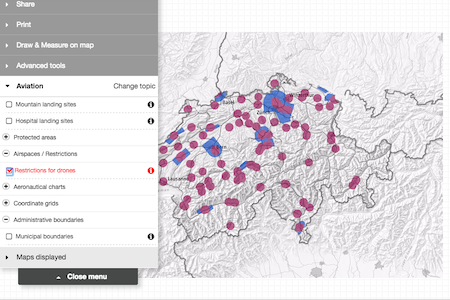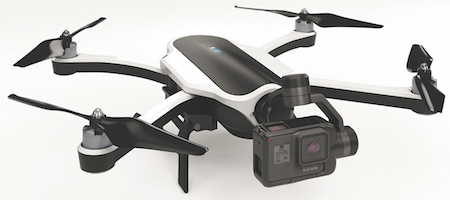Contra Costa Transportation Authority has been granted permission in a new bill to test a pilot project on public roads without having a human driver present. Previously, the state has only allowed public road testing if a human was in the driver’s seat and capable of taking manual control in case of a failure to the autonomous system or any other type of emergency.
The bill requires the autonomous vehicles in question to maintain certain conditions. They must:
- Be insured for $5 million
- Not exceed 35 miles per hour on the road
- Testing data must be shared with the government
- Testing can only take place at two locations: a former Concord Naval Weapons Station, and the San Ramon Bishop Ranch office park. Honda and Otto Motors already test vehicles at the former naval facility.
A series of revisions to draft regulations released by California’s department of motor vehicles (DMV) has been met with mixed responses from many different car manufacturing companies, including Honda and Volkswagen.
Google and others have opposed the ruling to make complying with the federal testing guidelines compulsory where before they were voluntary. Their main concern is that this will stifle innovation in the sector. They have queried the need to have a vehicle data recorder as well as what type of data they will be required to collect. In turn, the proposal for car makers to be required to provide a year’s worth of testing data before they apply for an operating permit has met strong challenges and objections.
However, the revision can also potentially change how all self-driving vehicles are tested in the state by rolling out the privileges given to the aforementioned pilot program. It will allow car manufacturers to test vehicles that have been determined to be capable of safely operating without human interference on public roads without licensed drivers. Instead of having a driver in the vehicle, the newly proposed regulations require that a test driver has two-way communication with a vehicle.
California has said that it will welcome any suggestions for improving on the current rules and the interested companies are expected to put forward their ideas instead of just putting up objections.


.jpg)
.jpg)
.jpg)

.jpg)




